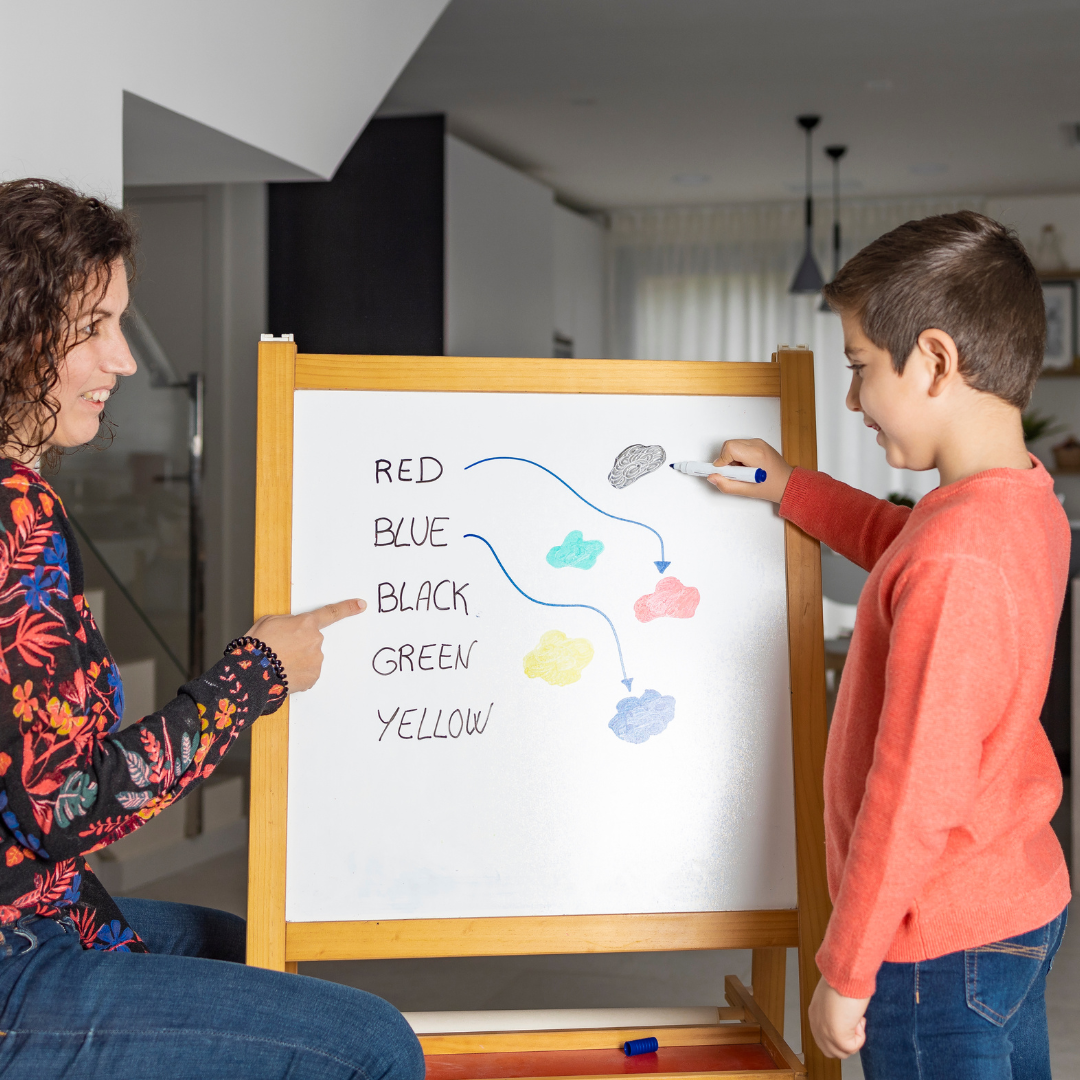Teaching ‘calm’ – skills for anxious moments
How often do you find yourself telling pupils and children to calm down? Once a week, once a month or daily? Usually when I ask this question in training sessions the answer is several times a day. Yet when you ask pupils to describe what they are doing when they feel calm they often say ‘ when I am playing computer games ’ or ’ when I am playing with my friends in the park’.
However, when we feel calm as adults, we are usually still, either sitting or lying with a peaceful mind and shoulders relaxed. If you have ever watched children playing on computer games they are not calm, their faces, minds and body are active. This is true for playing in the park too.
So, let’s go back to the daily situation where we are telling pupils to calm down when they are feeling anxious, angry or frustrated. If their understanding of the word calm is connected to the experience of playing on a computer game then that is where physiologically they will go, when you ask them to calm down. Not relaxed shoulders, sitting still with a peaceful mind.
Unless we teach pupils what calm experiences feel like, this will not change. The skill of being able to calm oneself or self-soothe is fundamentally important to anyone’s emotional well-being and mental health. It is a skill that is needed throughout life for anxiety and stress management and to maintain good self-control, a pre-requisite for making good decisions.
Teaching ‘calm’
There are various ways in which pupils can be taught to connect with the feeling of calm during a school day. For primary pupils, 5 minutes before or after playtime or lunchtime is a good time to do an activity. For secondary pupils this can take place during form time or PSHE lessons.
Here are some ideas I have seen in schools and some techniques I recommend using:
- Play peaceful music and ask pupils to lie or sit still for 3 minutes, breathing in through their nose slowly and out through their mouth.
- Pupils lie on the floor while an adult blows bubbles and the pupils follow the bubbles as they float above them
- The ‘4-7-8’ method, pioneered by US sleep expert Dr Andrew Weil. The trick is breathing in for four seconds, hold your breath for seven seconds then exhale, completely for a count of eight. The steps are then repeated between two and four times. The technique works by calming the mind and relaxing the muscles.
- Mindfulness techniques, check out the mindful teachers resource and lesson plans
- Have children visualise a very relaxing scene in their minds. For example, they might imagine themselves floating on an airbed in a swimming pool or lying in the park watching clouds go by. You can combine deep breathing with visualisation. For example, ask children to imagine a candle in front of them. As they exhale, ask them to imagine making the candle flicker but not go out.
- Robot/rag doll technique: The robot/rag doll technique is useful for helping young children release muscle tension. Ask children to tense up all muscles in the body and visualise themselves as robots. Have them hold this tense state for approximately 15 seconds. Then ask them to release all the tension and visualise themselves as rag dolls, with all muscles very loose, and stay relaxed like this for 15 seconds.
Learning calm as a life skill
There will always be those occasions when this does not work, it goes without saying that if a child is in a rage, violent or at risk of harming themselves or others, your priority in these circumstances is to ensure that they, you and those around them are safe from harm first.
However, if you practice even just one of these techniques with your pupils on a weekly (or even daily) basis it will start to become part of your pupil’s self-management repertoire, a life skill that they can tap into more readily when the need arises. So when pupils do need to calm down, you can remind them to connect to that physiological experience of calm you learnt together and are highly likely to get there quicker more often.
In my experience, the benefits of this approach work best in those angry, frustrated and anxious moments when an adult uses a calming down technique with the pupil rather than telling them to do it. Try ‘I t looks like you might need to calm down, let’s do it together now’.
What examples do you have of teaching children the art of ‘calm’? I’d be interested to hear. Please leave your comment here, share them with me and the community via Facebook or Twitter or contact me directly.
The post Teaching ‘calm’ – skills for anxious moments appeared first on Halcyon Education.




